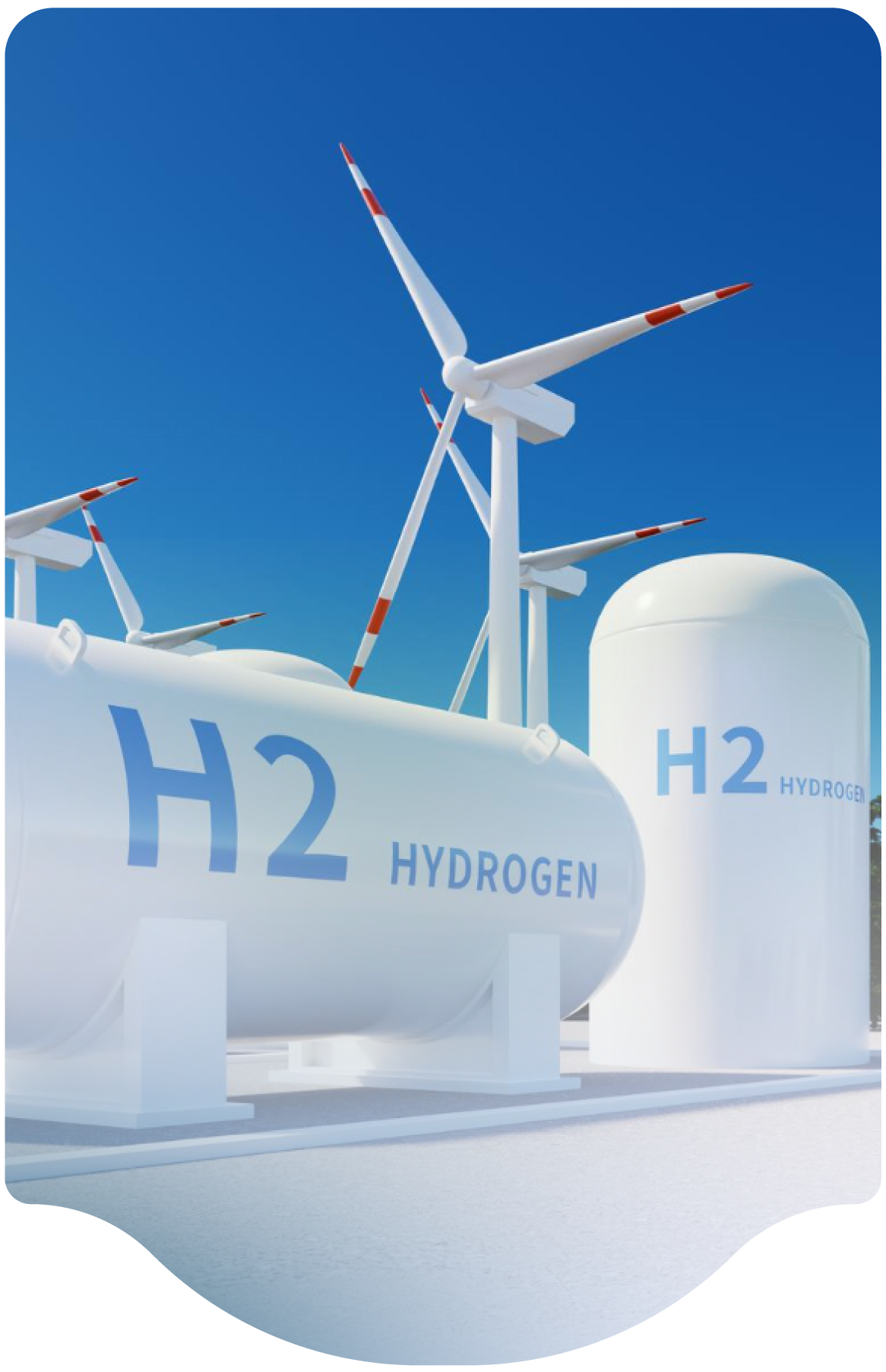- Home
-
Resources
- Center for Hydrogen Safety
- Hydrogen Fuel Cell Codes and Standards
- Learnings & Guidance
- Paper & References
- Web-based Toolkits
- Workforce Development

- Contact
- About H2Tools
- Welcome to the Hydrogen Tools Portal
- helpdesk@h2tools.org
FAQ
Frequently Asked Questions
Question & Answer
Category
Detectors, FC Electric Vehicles
- 20 results found
- Clear All
It’s not clear if “mobile” in the question refers to vehicle fuel tanks, or vessels used for transportation of hazardous materials.
- If it’s a Type 4 vessel for transportation of hazardous materials, it will be built to a special permit that details the inspection requirements. Special permits vary but they are generally consistent on a 5-year requalification period, which also…
Category: FC Electric Vehicles
Keywords: FC Vehicles, Storage, Tank, Inspection
FCEVs usually contain only a minimal amount of hydrogen fuel pressure (several Mpa) to support getting the car on and off car carriers. Panel members are not aware of any hydrogen release incidents during vehicle loading and don’t know what the probability of such a leak is considering the loading operations. A risk assessment accounting for the probability of collisions as well as leaks from…
Category: FC Electric Vehicles
Keywords: FC Vehicles, Ferry, Ship Transport, Lifting Equipment
Generally speaking, the International Fire Code and NFPA 2 apply to non-transportation use of hydrogen. These are maturing quickly, with NFPA 2 currently having issued its most recent edition in 2023. Standards for both on-board LH2 tanks and LH2 tankers for bulk fuel transport are managed by the U.S. Department of Transportation (DOT) and are well established. DOT transport requirements for…
Category: FC Electric Vehicles
Keywords: FC Vehicles, Gas, Liquid, Transport, Standard
Hydrogen gas storage and fuel cell systems are typically closed systems with a variety of monitoring and control functions to prevent leaks. Please check with the bus manufacturer and authority having jurisdiction to verify this is acceptable per their direction. However, a good safety practice would be to minimize the time spent indoors for these activities. Hydrogen vehicles maintained in a…
Category: FC Electric Vehicles
Keywords: FC Vehicles, Indoor Carwash
Hydrogen has been used as a fuel to operate cars, buses, trucks, submarines, aircraft, forklifts, trains and virtually every type of mobile equipment. Each has special considerations which often drive specific requirements for that vehicle type. For example, higher g-loadings of rail operations and operations within tunnels are a couple considerations, but there are no significant barriers…
Category: FC Electric Vehicles
Keywords: Train
All systems must be designed for the applicable operating parameters such as pressure, temperature,
and flow. The sub-cooled liquid hydrogen (sLH2) approach for fueling is comparable to other processes
commonly used to handle cryogenic liquids in the industrial gas industry where remaining gas is
condensed during the fill operation. These processes often operate above the critical…
Category: FC Electric Vehicles
Nitrogen/helium blends are frequently used to leak test hydrogen systems.
Category: Detectors
Keywords: Leak Detection, Sniffer Testing, N2/He Blends
Speed of detection, detection limit, location, and cross-sensitivity are some of many criteria that might be used for selecting a detector. A common setpoint for gaseous hydrogen detection is 25% of LFL, or 1% concentration in air. However, the detection limit also depends on the system and exposure. When specific hazards are likely, detectors may have detection limits in the low-ppm range.…
Category: Detectors
Keywords: Leak Detection, Set Point
Detection systems are nearly always installed but the system design and installation details of detection equipment are up to the manufacturer. Standards are being developed for this market.
Category: FC Electric Vehicles
Keywords: Leak Detection, Trucks, Detection Systems, Vehicle Standards
Leak detection system requirements depend on the system design and applicable codes. The
appropriateness of detection equipment depend on many factors, including the type of system,
application, location, and probability of leaks. For example, hydrogen refueling stations are required by
code to be equipped with leak detection systems.
Category: Detectors
Keywords: Leak Detection, Fueling Station
We are professional and reliable provider since we offer customers the most powerful and beautiful themes. Besides, we always catch the latest technology and adapt to follow world’s new trends to deliver the best themes to the market.
Contact info
We are the leaders in the building industries and factories. We're word wide. We never give up on the challenges.
- 2 Queen Street,California, USA
- (+84) 04 123 456
- :Helpdesk@h2tools.org
